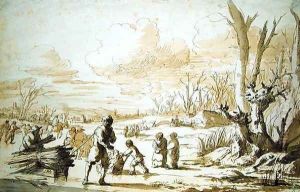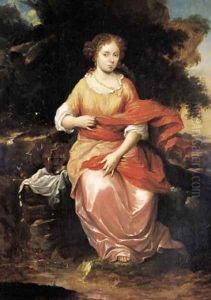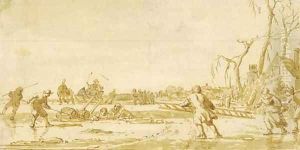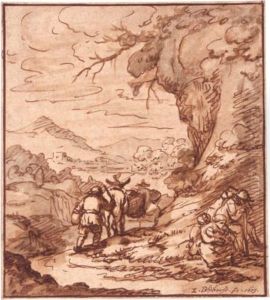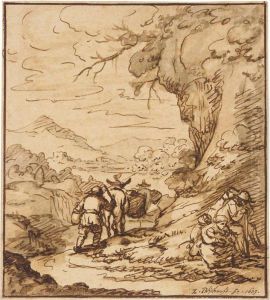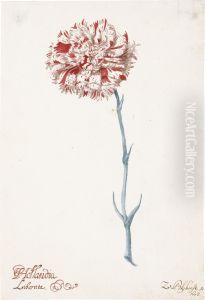Zacharias Blyhooft Paintings
Zacharias Blyhooft was a Dutch Golden Age painter, born in 1630 in Dordrecht, Netherlands. He is not one of the most widely recognized figures from the period, which was known for a flourishing of the arts in the Netherlands, and as such, detailed historical information about him may be somewhat scarce compared to more famous contemporaries like Rembrandt or Vermeer.
Blyhooft’s career unfolded primarily in the second half of the 17th century, a time when the Dutch Republic was at the height of its economic and cultural power. He was known to have worked in his hometown of Dordrecht, where he produced genre paintings, portraits, and historical scenes. Blyhooft’s style was consistent with the Baroque movement that was prominent during his lifetime, characterized by a dynamic composition, dramatic use of light and shadow, and a focus on realism and detail.
Despite the relative obscurity of his name, Blyhooft's works would have contributed to the rich tapestry of Dutch art. He would have been a part of the thriving artistic community, which was supported by a burgeoning middle class that valued art as a status symbol and as part of daily life. Blyhooft's paintings would likely have been commissioned by wealthy merchants and civic leaders, which was common practice at the time.
Zacharias Blyhooft passed away in 1681 in Dordrecht. While his works may not hang in the most famous galleries, and his life might not be as well documented as that of his more famous peers, Blyhooft remains a part of the Golden Age of Dutch art, his life and work reflecting the richness of this period in art history.
